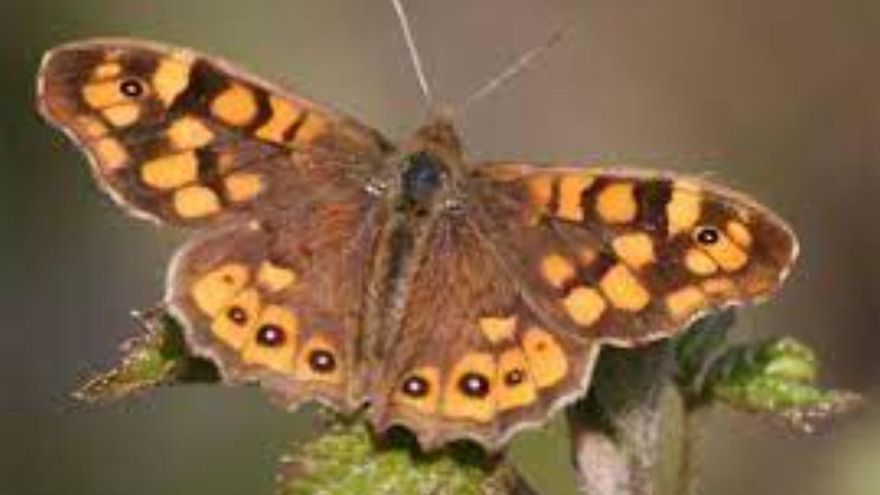
The Canary Island wave butterfly, ‘Pararge xiphioides’ by its scientific name, is one of the four candidates selected to be chosen “Butterfly of the Year 2024” in Spain, an award that entails special attention in terms of research and protection efforts.
This initiative has been launched by the Spanish Association for the Protection of Butterflies and their Environment (ZERYNTHIA), a pioneer entity in Spain in the study, conservation and dissemination of butterflies since its foundation in 2007, as specified in a statement. this Wednesday.
This call seeks to highlight a species of butterfly, diurnal or nocturnal, thus promoting it to be better known by the population, highlighting its threats and promoting its conservation.
Since the first election in 2016, several species have received the recognition of being named “Butterfly of the Year.”
The voting period in this edition extends from December 29, 2023 to January 31, 2024 and during this time, any interested person can participate through a form available on the ZERYNTHIA website.
Spain, with 257 species of diurnal butterflies, is the second country with the greatest diversity of these insects in the European Union.
Added to this figure are approximately 5,130 varieties of nocturnal butterflies or moths, which highlights the richness and importance of the natural heritage in Spain.
The choice of the “Butterfly of the Year” not only celebrates this biodiversity, but also emphasizes the need to preserve these species essential for ecological balance, the association adds.
Additionally, activities are planned to increase awareness and knowledge about the winning species, including field trips and the publication of educational materials and technical manuals.
In the case of the Canary Island wave butterfly, it is common in humid, shady and forest environments, such as laurel forest.
It is related to the European “wavy” butterfly (Pararge aegeria), very common on the continent.
However, the one selected to compete as butterfly of the year is a Canarian endemism, exclusive to the islands of Gran Canaria, Tenerife, The Palm, La Gomera and The iron.
It is part of a group of 13 diurnal butterflies endemic to Canary Islandsall of them of great value due to their restricted distribution and exclusivity.
The other three candidates are the ‘Saturnia Pavonia’ or small turkey, which is not found in the Canary Islands, the ‘Vanessa atalanta’, distributed throughout the country, and the ‘Tarucus theophrastus’ or African labyrinth, present in Murcia and Almería.















